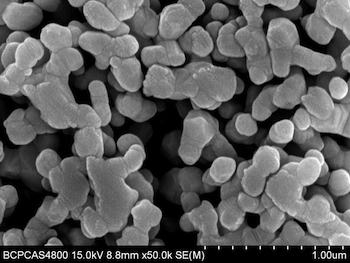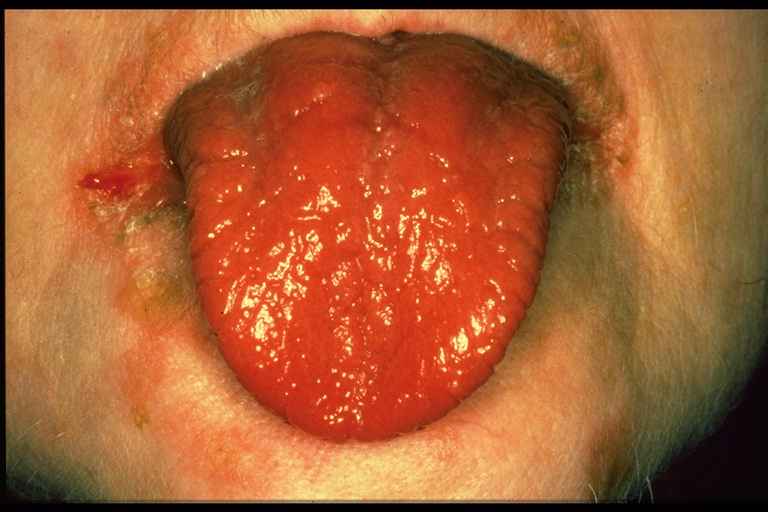While the physical evidence of secondhand smoke can be seen wafting through the air, thirdhand smoke is a more clandestine health threat. The invisible remnant of tobacco smoke that clings to surfaces and even dust, thirdhand smoke is linked to several adverse health effects in a new study published in PLOS ONE.
According to the researchers, from the University of California-Riverside (UCR), tobacco smoke affects around 1.5 billion smokers worldwide, but several billion more are at an "underappreciated health risk" from cigarette smoke exposure.
Although many parents who smoke may protect their children from exposure to secondhand smoke, the researchers say the effects of thirdhand smoke are also dangerous.
They cite previous research suggesting that children living with adults who smoke in the home are absent from school 40% more days than children who do not live with smokers.
But researchers from this latest study say thirdhand smoke is left on surfaces and ages over time, becoming increasingly more toxic. The team suggests second and thirdhand smoke are just as harmful as firsthand smoke.
Health impacts of thirdhand smoke
And the threat does not only apply to smokers, the team explains. Even after smokers move out of a house or hotel, thirdhand smoke and its accompanying carcinogens remain.

Hidden danger? Thirdhand smoke can cling to fabrics, surfaces and even dust, leaving increasingly toxic carcinogens - even after the smoker has moved out.
To conduct their study, the team - led by Prof. Manuela Martins-Green of UCR - studied the effects of thirdhand smoke on mice, looking at "several organ systems under conditions that simulated thirdhand smoke exposure of humans," Prof. Martins-Green explains.
After exposure to thirdhand smoke, these mice showed alterations in several organs and excreted levels of a tobacco carcinogen that are similar to those found in children confronted with secondhand smoke.
In detail, the thirdhand smoke increased lipid levels and non-alcoholic fatty liver disease, which is a forerunner to cirrhosis, cancer and cardiovascular disease. It also increased collagen production and inflammatory cytokine levels in the lungs, which has implications for fibrosis, pulmonary disease and asthma.
The mice also showed poor healing of wounded skin and exhibited hyperactive behavior.
Prof. Martins-Green comments on their findings:
"The latter data, combined with emerging associated behavioral problems in children exposed to second and thirdhand smoke suggests that with prolonged exposure, they may be at significant risk for developing more severe neurological disorders."
The team says their results form a basis for future studies looking at the harmful effects of thirdhand smoke in humans, potentially informing regulatory policies aimed at prevention.
'Still much to learn'
Still, Prof. Martins-Green says there is a "critical need" for more animal studies to analyze the biological effects of thirdhand smoke exposure.
"Such studies can determine potential human health risks, design of clinical trials and potentially can contribute to policies that lead to reduction in both exposure and disease," she adds.
In other studies, the team has learned that thirdhand smoke exposure brings about changes that can lead to type 2 diabetes in non-obese individuals.
Prof. Martins-Green says:
"There is still much to learn about the specific mechanisms by which cigarette smoke residues harm non-smokers, but that there is such an effect is now clear."
"Children in environments where smoking is, or has been allowed, are at significant risk for suffering from multiple short-term and longer health problems, many of which may not manifest fully until later in life," she adds.





